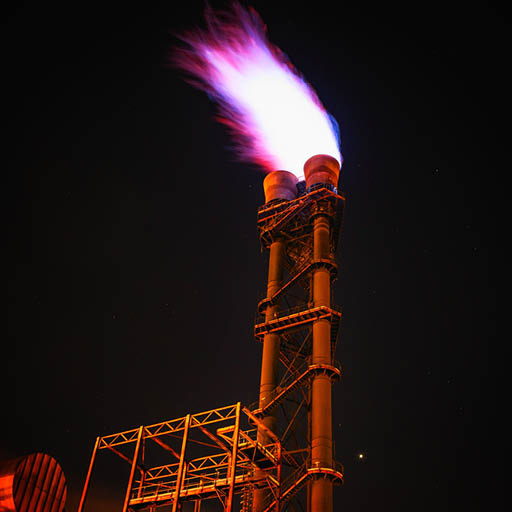Hot air or real action on gas? EU Methane Regulation is European Climate Chief’s chance to walk the walk



In the aftermath of the UN CoP26 climate summit in Glasgow last month, a lot of eyes will be on world leaders to see if they act on their promises.
Perhaps no-one will be more under scrutiny than Frans Timmermans, Executive Vice President of the European Commission and European Climate Chief, who put it himself: “But what is more important than the presence of the leaders is their commitment to tackling the climate crisis, their commitment to reducing their emissions.”
If reducing methane emissions is truly his priority, then the upcoming proposal to reduce methane emissions in the energy sector is his make-or-break moment.
Long out of the public eye, methane burst onto the scene as front page news with the Global Methane Pledge, launched by the EU and US during the early days of CoP26. Frantic efforts in the run up to its launch resulted in more than 100 signatory countries, all of which committed to the collective goal of reducing global methane emissions by at least 30 per cent by 2030 in a last-ditch effort to keep the planet below a 1.5°C temperature increase.
But there’s the rub – it is a collective goal which does not commit signatory countries to produce national methane action plans, specific to each emitting sectors, such as energy. This goal has also been set without laying down a strategy as to how it can be reached. It does not include intermediate targets, financial and technical assistance nor coordination between the different international bodies involved.
So how are we going to turn talk into action?
The success of the pledge will depend on whether signatories take the initiative and implement strong and bold measures to cut methane emissions, sector by sector, in their national legislation. Or not.
 Canada has set the pace by announcing a cut of 75 per cent of its energy sector emissions, making it the only country following the recommendation of the International Energy Agency. The US published draft methane regulations during CoP26, while Russia and Algeria refused to sign it – although these are oil and gas producing countries.
Canada has set the pace by announcing a cut of 75 per cent of its energy sector emissions, making it the only country following the recommendation of the International Energy Agency. The US published draft methane regulations during CoP26, while Russia and Algeria refused to sign it – although these are oil and gas producing countries.
The EU has the opportunity to show its commitment to the Pledge, but differently. In December, the Commission will publish its long-awaited legislative proposal to reduce methane emissions in the oil and gas sectors – the so-called EU Methane Regulation. The proposal will include domestic measures on monitoring, reporting and verification, leakage detection and repair and a ban on routine venting and flaring.
That’s great news as these are the three pillars for efficient reductions. But the EU imports 90 per cent of its oil and 80 per cent of its gas, with more than half of all globally traded gas ending up in the EU. Most methane emissions associated with oil and gas occur upstream outside the EU, making it impossible to ignore the EU as a major driver of global methane emissions and imports.
The stage has now been set. If the Commission comes with a bold legislative proposal, one which extends the three pillars across the supply chain to cover all oil and gas consumed in the EU, imports included, it will mean the Pledge actually stood for something. It will mean the EU will no longer consume irresponsibly produced oil and gas.
But if the Commission dithers, hiding behind arguments about needing more information or wanting to bring transparency first before concrete action is taken, the EU will effectively be walking away from the Pledge before the ink is barely dry.
The European Parliament agrees. In September, it called on the Commission to “make all fossil fuel imports into the Union conditional on their compliance with EU regulations … and the rules on venting and flaring, applicable to the entire fossil fuels supply chain, up to and including production”.
Major energy companies also agree, with Shell even publishing an op-ed entitled “EU methane rules must cover the entire gas supply chain, including imports”.
And so, as it happens, the EU Methane Regulation will come to define the bloc’s post-CoP26 climate ambition.
For now, the Commission is tiptoeing. In the same statement in which Executive Vice President Timmermans called on countries to join the Pledge, he stated that “[the EU] will be looking along the supply chains to reduce emissions.”
For a credible call, he must ensure that the EU is irreproachable, that it says what it means and means what it says. For the EU, that means extending EU methane rules across the supply chain.
It remains to be seen whether Executive Vice President Timmermans will show the leadership necessary to make the EU a major actor on reducing methane emissions – but for a European Climate Chief who is calling for stronger mitigation measures, this legislation is his opportunity to rise to the occasion.